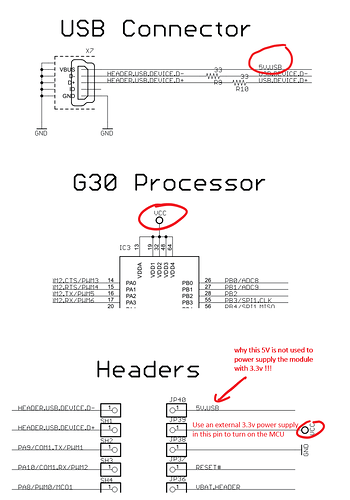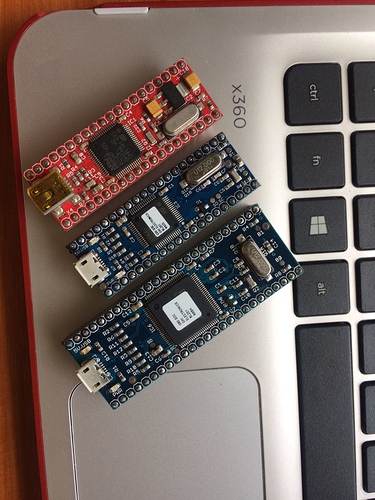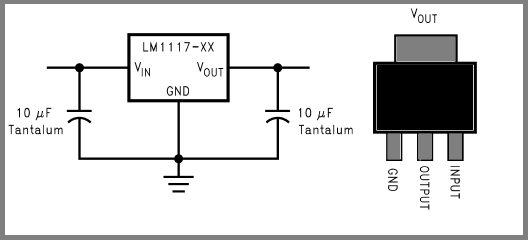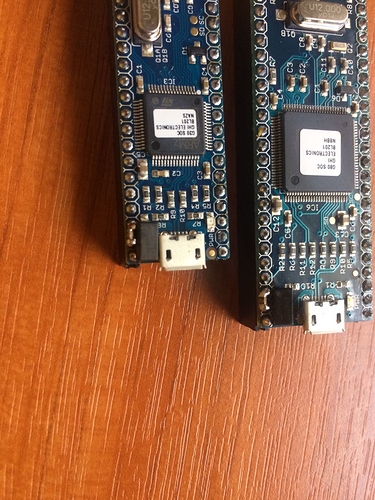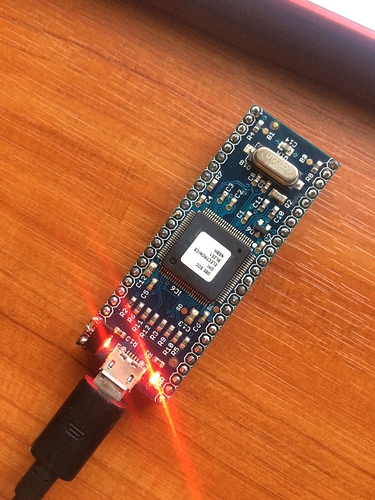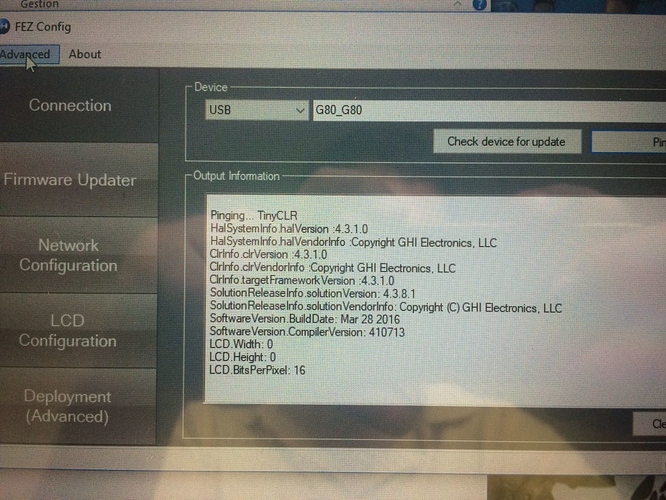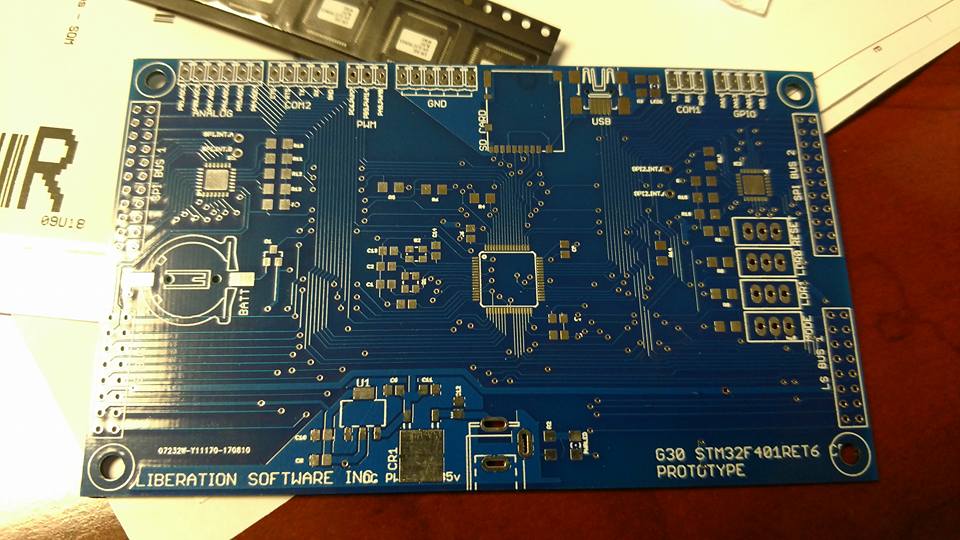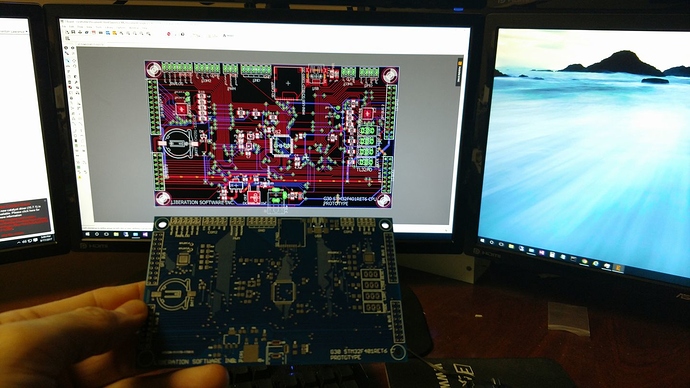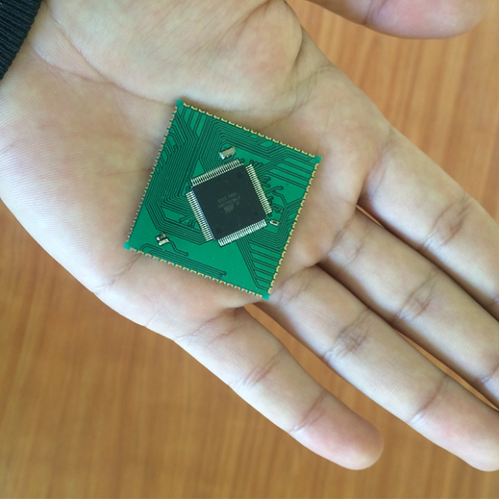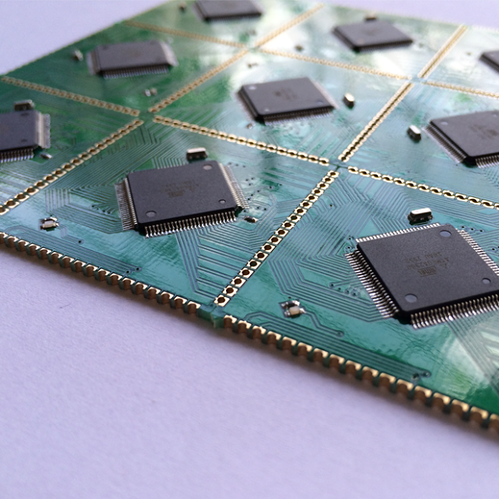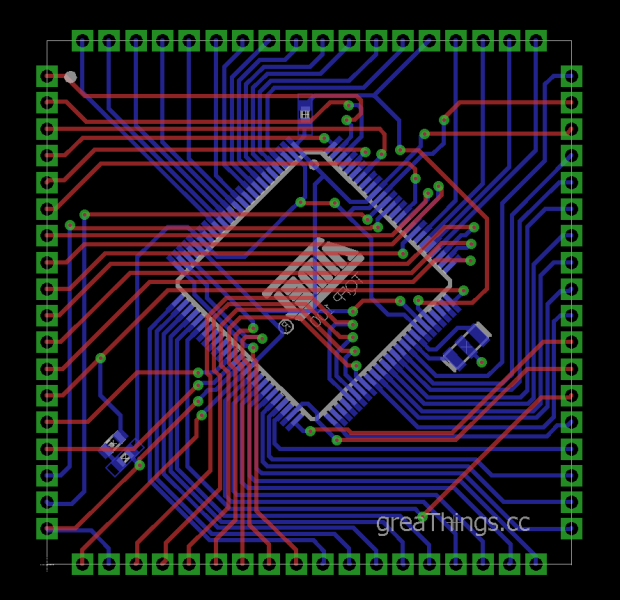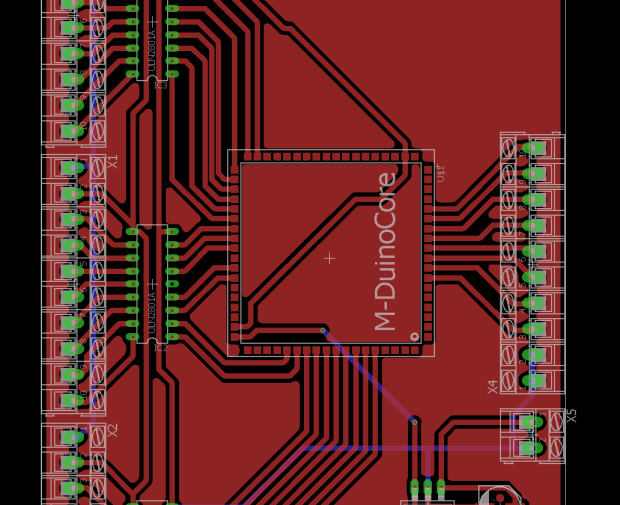Hello GHI
I want to file a complaint against the person who send me those 2 modules that i bought last month (OrderID: 07252017-334A) ![]()
i actually received them this thursday & i was really so happy but unfortunatlly my happiness was broken when i plugged them to my laptop to discover that they cant even be detected as an usb hardware!! only the usb power led was working (same problme for both G30 & G80 modules)
So i sit for more than 24 hour googling for a solution or to find someone that have posted the same problem like mine in any place in this world … i found lot of post talking about doing a reset & uploading new bootloader & all those stuff to solve the problem, but nothing of those solution was usefull for me because the module was undetectable as a device !! i already seen hell with FezCerb40 & Netduino that i really tortured until the end so i know the tricks of bootloader Lol
That probleme was totally different this time & after choosing to do hard way by checking the schematic by myself i found that someone forgot to connect the power supply of the microcontroller with the USB VCC through a 3.3v regulator that dont even exist (i tough that the D1 component was a regulator but it wasnt)
Its really not funny … i already know that i have the most bad luck in the world, but not until that level
i found some components not soldered also in the G80 module (C3 & the big pads of the usb connector that fix it in board) i fixed them & i burned the LED with hot air ![]()
i was admiring every detail of the boards like if they was somthing precious Lol
Oups i forget to say the solution
before plugging the G30 or G80 module that have the same problem like mine just connect an external 3.3V alimentation to the 3.3v PIN to turn on the microcontroller & then plug the module to the usb of ur laptop voila it will be detected & work well … that is all
i hope its only me that had this problem ![]()
